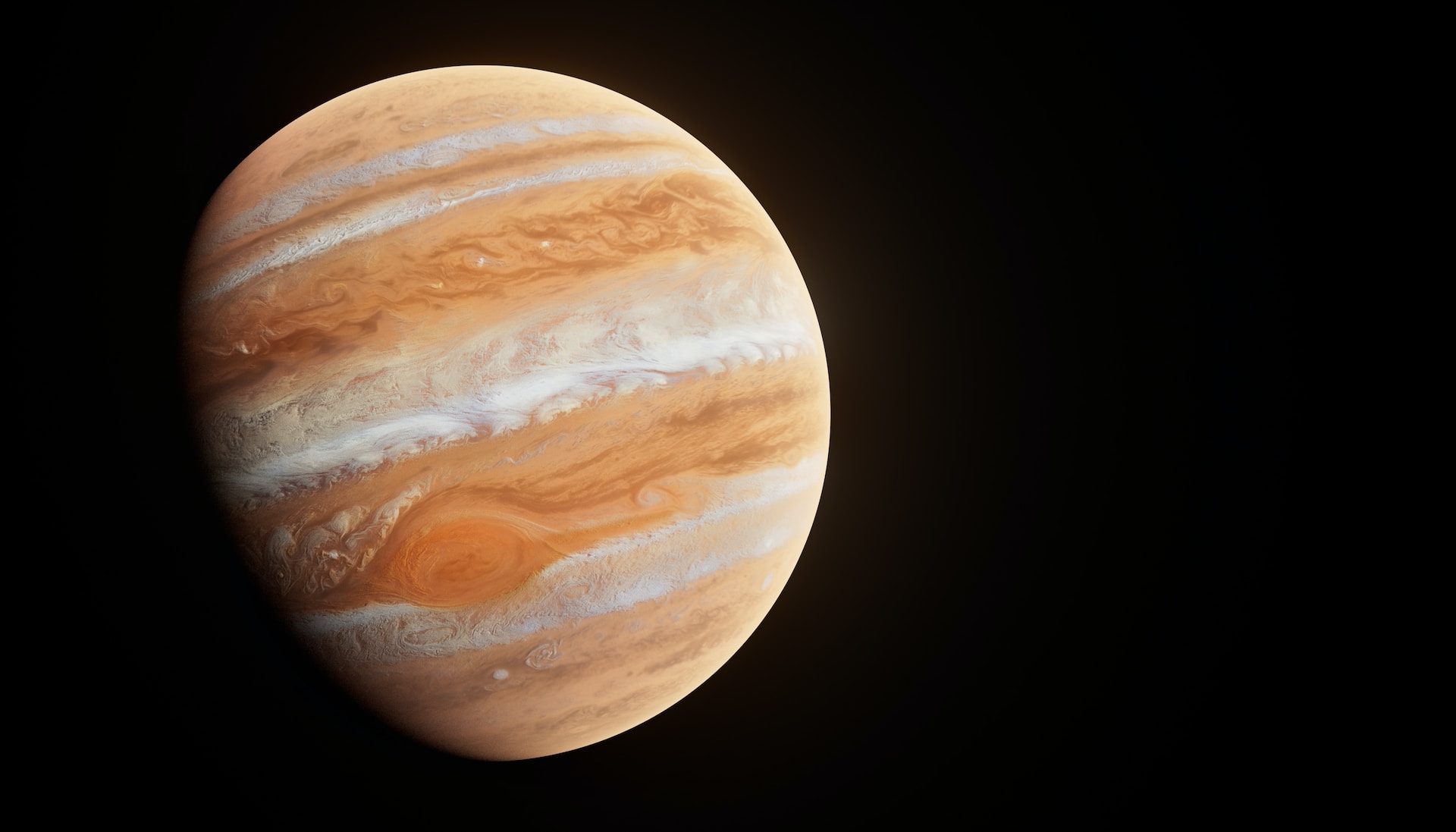In a recent study, data from NASA’s Juno spacecraft has provided fresh insight into the lightning processes on Jupiter, showing striking similarities to those on Earth. This revelation comes despite the dramatic differences between the two planets. Earth, a relatively small rocky world, contrasts sharply with Jupiter, a gas giant so immense that all the other planets in our solar system, including more than 1,300 Earth, could neatly fit inside it.
The Juno spacecraft, orbiting Jupiter since 2016, has provided five years of high-resolution data. This data reveals that the lightning initiation processes on Jupiter pulsate with a rhythm similar to that observed inside Earth’s clouds. The lightning flashes on Jupiter were found to occur at time separations of about a millisecond, comparable to the thunderstorms on Earth.
Lightning is an electric discharge initiated inside thunderclouds. On both Earth and Jupiter, the ice and water particles inside the clouds get charged by collisions and form layers of particles with the same charge. This process creates a huge electric field, and the discharge can be initiated. However, the science behind these processes is not yet completely understood.
The existence of lightning on Jupiter was first confirmed in 1979 by NASA’s Voyager 1 spacecraft, which recorded telltale radio emissions at audible frequencies as it journeyed through the solar system. Since then, lightning has also been found on other gas giants in our solar system, including Saturn, Uranus, and Neptune. There is some evidence of lightning on Venus, a rocky planet like Earth, but this remains a matter of debate.
While the lightning rates on Jupiter and Earth are similar, the distribution of lightning differs between the two planets. On Earth, the most active regions for lightning are the tropics, whereas the majority of Jovian lightning occurs in mid-latitudes and polar regions. On Earth, there is almost no lightning activity near the poles, suggesting that the conditions for the formation of thunderclouds on Jupiter and Earth are probably very different.
Attempts to compare the power of lightning on the two planets based on optical measurements have suggested that Jupiter’s lightning might be comparable with the strongest terrestrial lightning. However, further analysis is planned in this area.
Juno continues its mission, orbiting Jupiter and gathering data about the gas giant’s atmosphere, interior structure, internal magnetic field, and the region around it created by its internal magnetism. The ongoing research will undoubtedly continue to reveal fascinating insights into the workings of our solar system’s largest planet.






























































